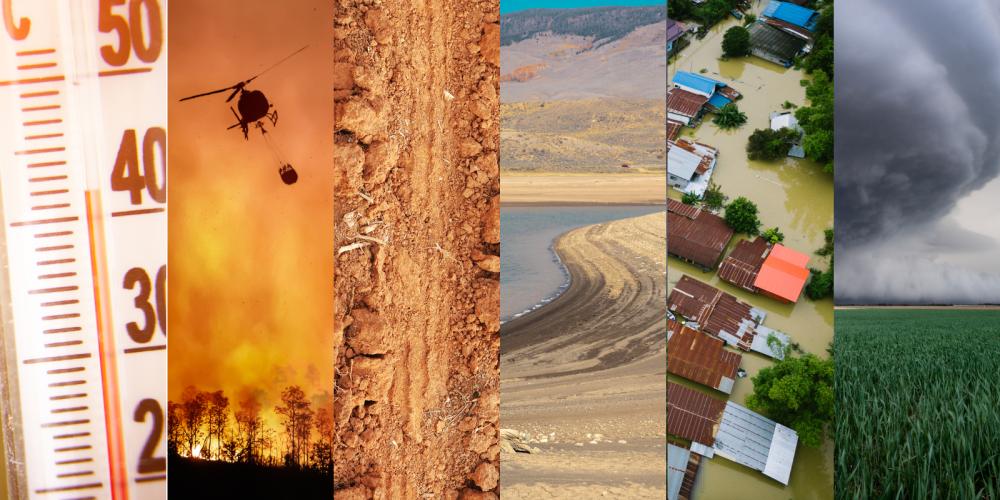
VUB leads global team to launch climate prediction website
Young generations are severely threatened by climate change. This intergenerational inequality was highlighted by an international research team led by VUB climate scientist Professor Wim Thiery in Science. The same group of researchers has now created a simple tool – via the VUB website My Climate Future – where everyone on the planet can find out how many more extreme climate events they will face across their lifetime compared to a world without climate change. The results are based on solid science.
Wim Thiery: “Our goal is twofold.
First, we want to create a simple way of showing people, young and old, how climate change might affect them personally. On our website My Climate Future, everyone can select their age, the region they live in and a potential global warming scenario. What’s important is that we strive to provide this information based on the best available scientific data and analysis.
Second, we want to offer people the opportunity to share the outcome on social media and thereby raise climate change awareness among the public as well as policymakers gathering at COP26 in Glasgow. So I invite everyone to take the test and post your personalised #MyClimateFuture result on Twitter, Facebook or any other social media.”
The science behind the tool
A team of climate researchers led by the VUB research group BCLIMATE combined five sources of data to produce this interactive tool:
- newly generated global-scale simulations of climate impacts across six extreme event categories;
- global mean temperature scenarios compiled in support of the Intergovernmental Panel on Climate Change’s (IPCC) Special Report on Global Warming of 1.5 degrees Celsius;
- life expectancy data from the United Nations World Population Prospects;
- gridded population reconstructions and projections;
- country-scale cohort size data provided by the Wittgenstein Centre’s Human Capital Data Explorer.
The researchers calculated the exposure of an average person to climate impacts across their lifetime in 178 countries, 11 regions and the globe, then compared different age groups to calculate conservative estimates of lifetime extreme event exposure as a consequence of human-made climate change. The detailed methods and results of this analysis are included in a publication in the renowned journal Science, published in October 2021.